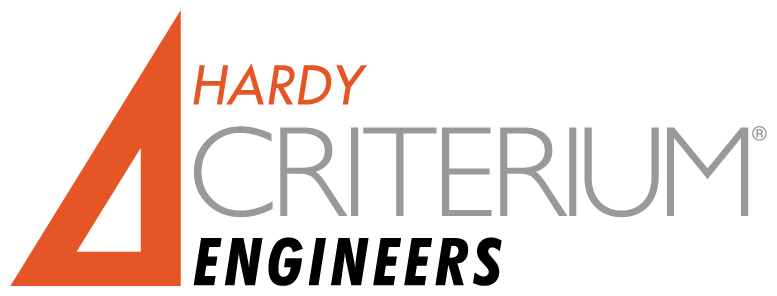Cost Segregation Study
A Cost Segregation Study (CSS) analysis is designed to provide a defensible document to support accelerated depreciation of real estate. The purpose is to reclassify 39-year assets to more tax-favorable asset classes with 5-, 7- or 15-year lives. By converting “brick and mortar” assets (depreciated in a straight-line method over 39 years) to “personal property” assets (depreciated on a double-declining basis over 5 years), the real estate owner receives earlier tax depreciation expenses, thereby improving the cash flow from the property. Furthermore, the benefits of a Cost Segregation Study are best measured in Net Present Value (NPV) savings. For example, excellent candidates of personal property include architectural millwork, electrical and plumbing supply to personal property, movable partitions, security systems, exhaust equipment, decorative lighting, emergency generators, land improvements, signage, wall and floor coverings and window treatments.
To clarify, a Cost Segregation Analysis is most applicable to buildings that are newly acquired or newly built. Newly constructed buildings are ready candidates because material and construction costs have generally been calculated already. In addition, recently acquired existing buildings are also good candidates if a significant amount of depreciation has not already been taken. Even after a few years, assets that should have been reclassified can be recaptured in the current tax year.
Therefore, real estate investments best suited to undergo a Cost Segregation Study include:
- Real estate construction valued at over $500,000
- Building acquisitions or improvements
- New buildings under construction
- Existing buildings undergoing renovations or expansions
Furthermore, properties with the best savings potential include:
- Office buildings
- Shopping centers
- Restaurants
- Hotels
- Warehouses and distribution centers
- Manufacturing and industrial plants
- Medical facilities
